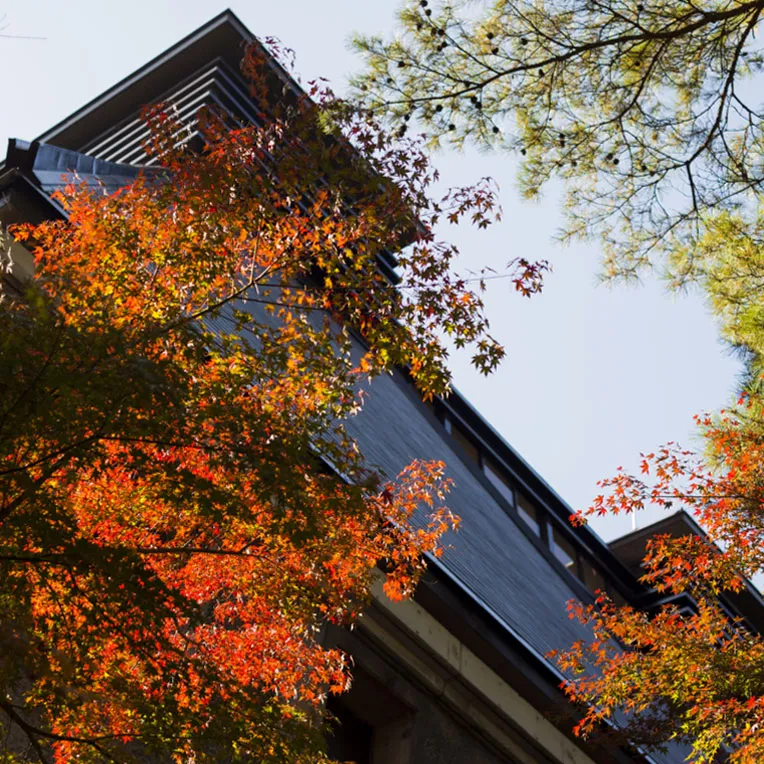


House of Suntory encourages responsible drinking. Alcohol should be consumed in moderation. By entering this website, you are agreeing to our Terms and Conditions, Privacy Policy, and Cookie Policy.
Must be legal drinking age to enter this site.
new standards bring clarity to japanese whisky lovers

What is real Japanese whisky? Until recently, there wasn’t a clear answer. This has left many whisky aficionados wondering whether the spirit in their glass is truly Japanese whisky or not. But help is at hand with the implementation of new Japanese whisky labeling standards by the Japan Spirits & Liqueurs Makers Association (JSLMA), which define what makes a whisky ‘Japanese’.

The problem of an unregulated industry
The labeling standards come after years of rapid growth for Japanese whisky, which has seen demand sometimes outstrip supply. As a result, a broad range of whiskies have come to market without an agreed definition of what makes a whisky Japanese. This has led to uncertainty among whisky drinkers about the provenance of some of the spirits they enjoy. The new labeling standards are an important first step towards improving transparency and clarity for consumers.


welcoming an industry standard
As the founding house and pioneer of Japanese whisky, our craftsmanship has helped shape what Japanese whisky means to whisky lovers the world over. Since establishing Japan’s first malt whisky distillery at Yamazaki in 1923, our Yamazaki, Hakushu and Hibiki whiskies have won awards, bringing global attention and prestige to Japanese whisky. We are proud that all exported Suntory Japanese Whisky products are 100% distilled, matured, and bottled in Japan and compliant with the new production and labeling standards. In partnership with other members of JSLMA, the House of Suntory has contributed our expertise to drafting the labeling standards with the express goal of making ‘Japanese Whisky’ a designation you can trust.
The following requirements define what may be labeled as ‘Japanese Whisky’:
Raw ingredients: Malted grain must always be used, but other cereal grains can also be included.
Water: Water used in production must be extracted in Japan.
Production: Saccharification, fermentation and distillation must be carried out at a distillery in Japan.
Distillation: Must be distilled to less than 95% ABV.
Aging: Spirit must be aged in Japan in wooden casks for a minimum of three years.
Packaging: Bottling must take place in Japan.
Strength: Bottled spirit must be at least 40% ABV.
Coloring: Plain caramel coloring (unflavored) can be used.
Additionally, producers are restricted from any form of misleading marketing if the whisky doesn’t meet these standards, including using the Japanese name of a person, place, scenic spot, or the Japanese flag.
how the labeling standards apply
The new labeling standards apply to all members of the JSLMA and affect all whisky labeled and bottled after April 1st, 2024, by JSLMA members. We believe the new standards will help create a guarantee of quality and provenance attached to Japanese Whisky, similar to the effect of the 2009 Scotch Whisky regulations on the Scotch industry.
All members of JLSMA agreed to adhere to the new regulations. While a large majority of Japanese whisky producers are members of the JSMLA, some are not. To ensure your whisky is truly Japanese, we recommend sourcing from producers who are JSMLA members. Look for explicit mention of ‘Japanese Whisky’ and for mention of a specific distillery. Follow this guidance and you’ll discover a variety of whiskies that will help you taste what makes Japanese whisky different.
Remember that many JSMLA members also produce great whiskies that deliberately aren’t classified as ‘Japanese’. These whiskies won’t use the phrase ‘Japanese Whisky’ on the label and won’t mention a Japanese distillery, nor will they talk about Japan with regards to the product's provenance.

a new era of quality for japanese whisky
The establishment of the Yamazaki Distillery by the House of Suntory in 1923 started a profound exploration of how Japanese nature and craftsmanship could pioneer a new style of whisky making. Over more than a century, we have celebrated the unique characteristics these elements bring to the whisky flavor profile, helping create a category that is now recognized and celebrated globally. These new regulations will protect and promote the art of Japanese whisky making, enabling it to flourish and continue enchanting tastebuds the world over for the next hundred years.
We’re proud that the following Suntory Whisky brands meet the new JSLMA standards for labeling genuine Japanese whisky:
- The Yamazaki Single Malt Japanese Whisky
- The Hakushu Single Malt Japanese Whisky
- The Chita Single Grain Japanese Whisky
- Hibiki Blended Japanese Whisky
- Toki Blended Japanese Whisky
- Suntory Whisky “Kakubin” Blended Japanese Whisky
- Suntory Old Blended Japanese Whisky
- Suntory Royal Blended Japanese Whisky
- Suntory Special Reserve Blended Japanese Whisky